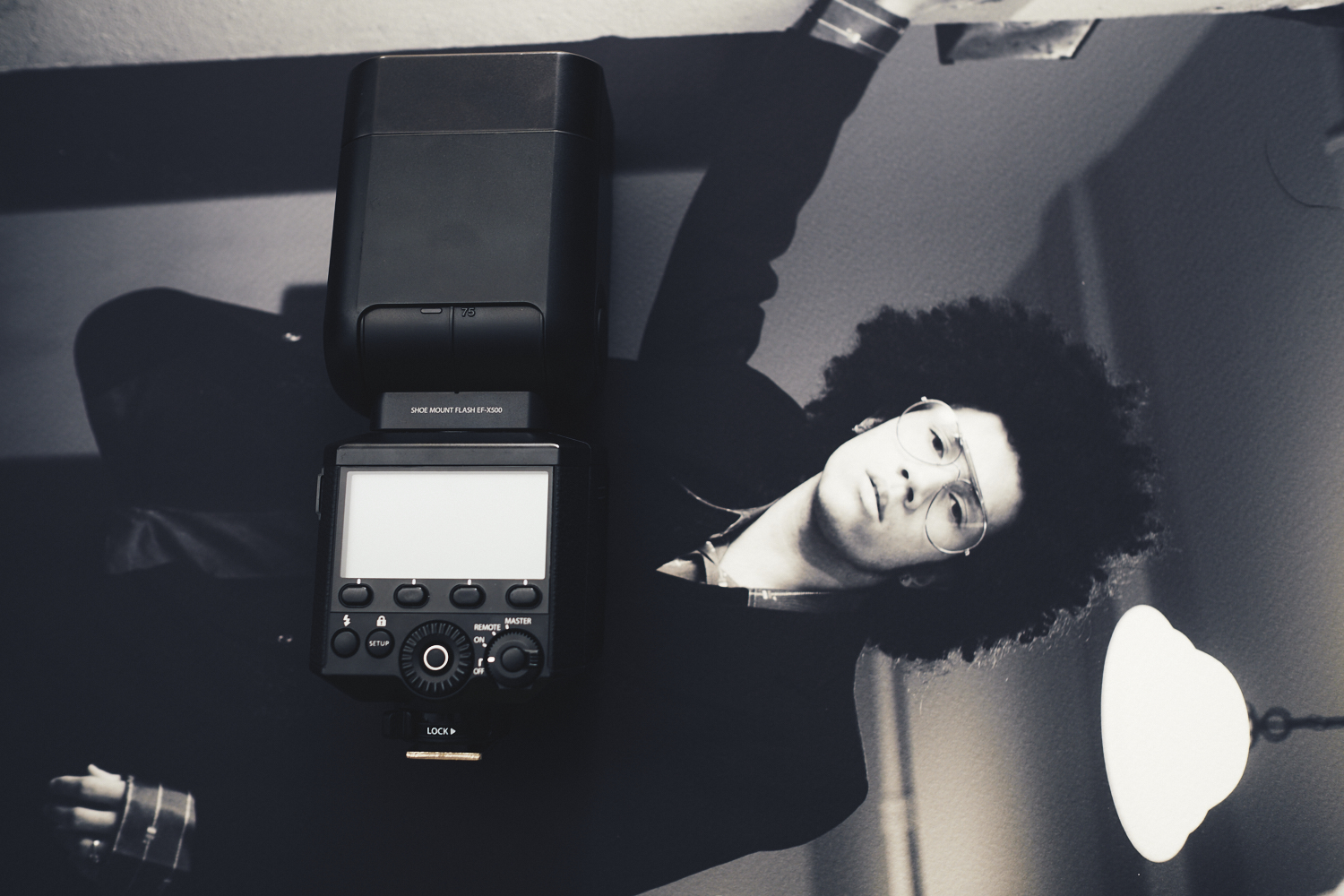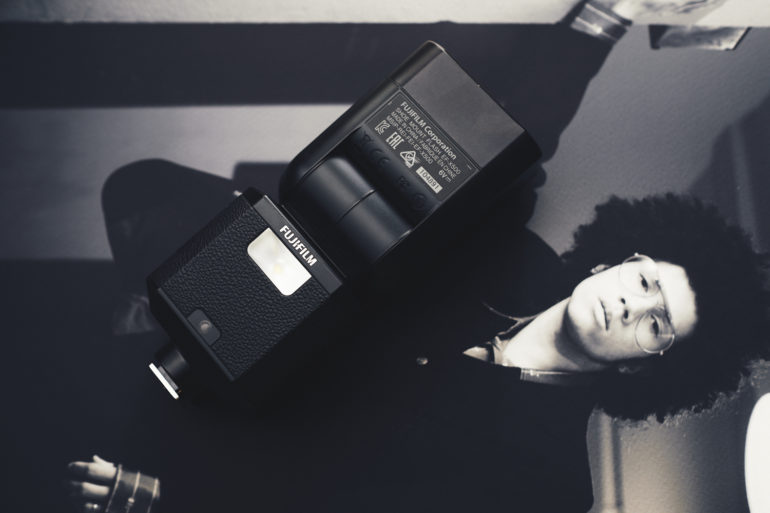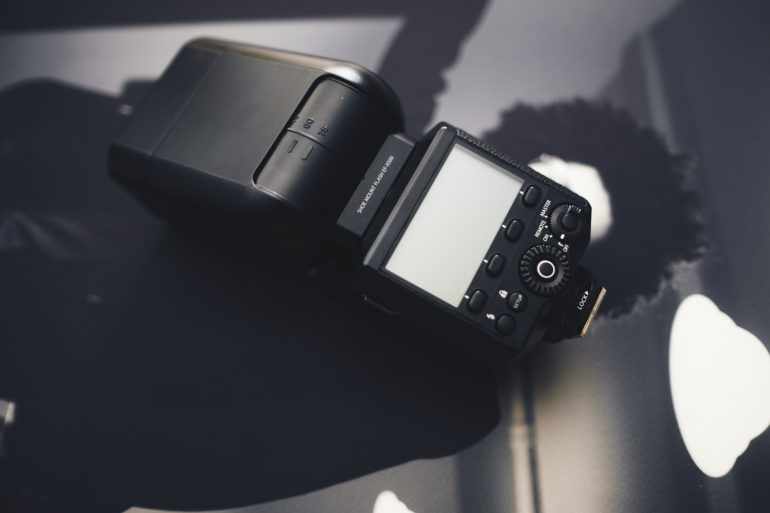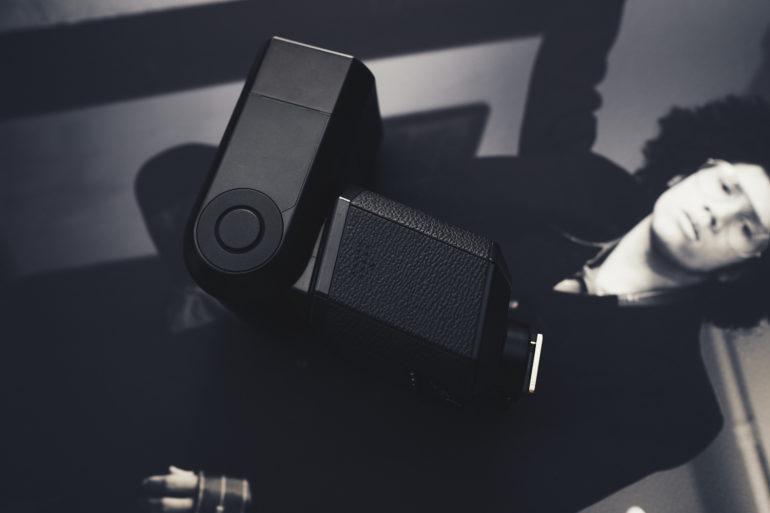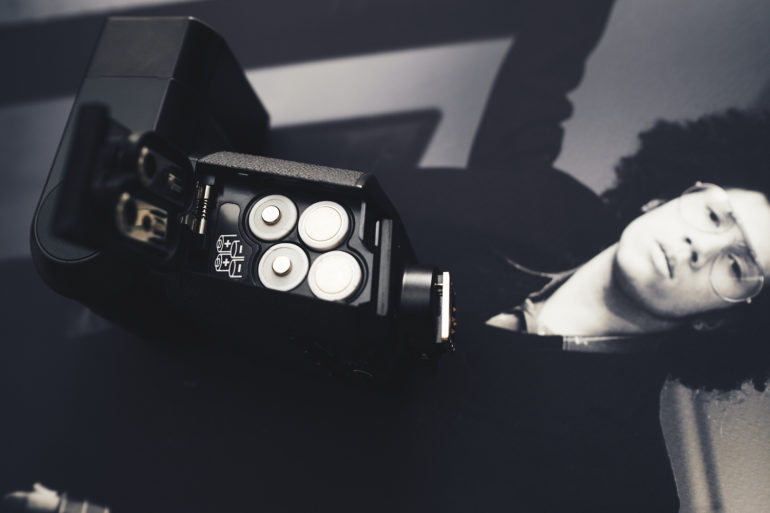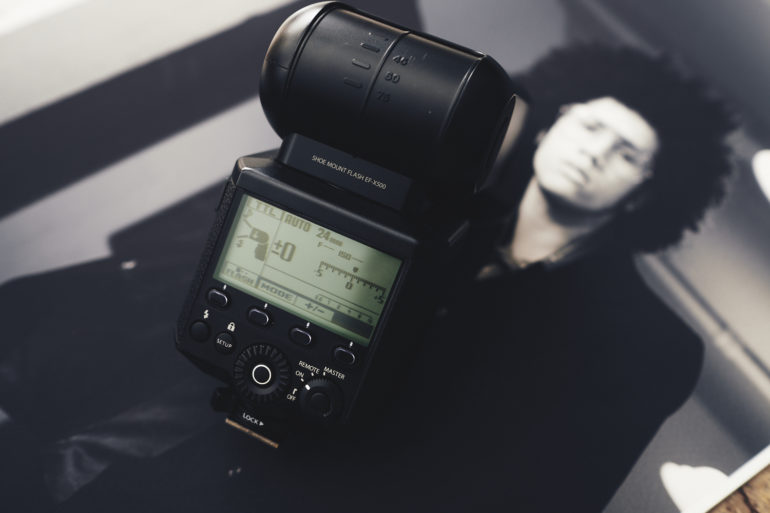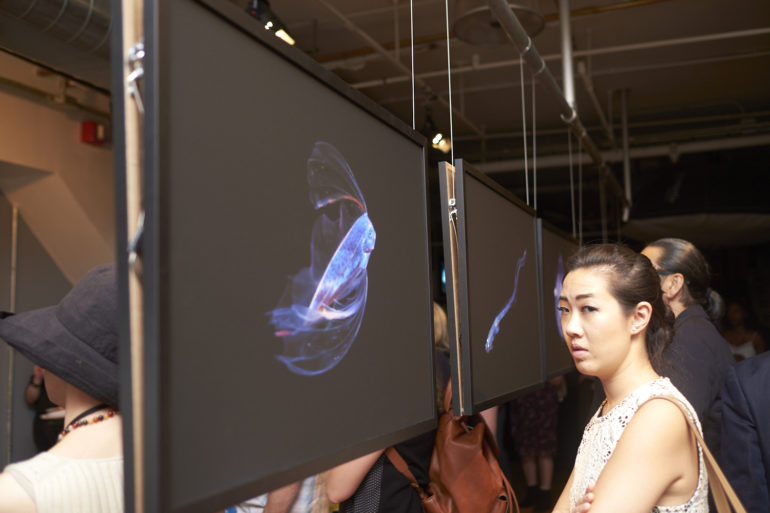The Fujifilm EF-X500 flash may be an option for photographers who want and need to use a flash when documenting and doing photojournalistic work; but it absolutely baffles me that a camera company with a fantastic medium format camera system hasn’t started to work with some sort of third party lighting manufacturer like Profoto to get some sort of integration into their system. To be fair, this isn’t Fujifilm alone. Canon’s radio system is crippled. Nikon’s isn’t what it used to be. Sony’s flash system is laughable. Olympus and Panasonic have never had such a great option. Pentax? Don’t even get me started.
But Fujifilm–a company with such a decorated history and an entry in the medium format camera system, doesn’t have a solid flash system. The Fujifilm EF-X500 is the company’s answer and attempt at this market but in many ways the company failed out of the gate. But in other ways, they’re not doing such a terrible job and I’m just being extra critical and venting via my own blog.
Pros and Cons
Pros
- Small
- Lightweight
- Very simple interface
- TTL works well
Cons
- Weak output
- In order to use the diffuser, you need to take off a part of the front of the flash head
Gear Used
We tested the Fujifilm EF-X500 with the Fujifilm X Pro 1, Fujifilm X Pro 2, Fujifilm 50mm f2 R WR, Fujifilm 23mm f1.4 R, and the Fujifilm X-T2.
Tech Specs
Specs taken from the Fujifilm listing
| Type |
|
|---|---|
| Flash head |
|
| Exposure control |
|
| Charge |
|
| Wireless multi-flash system |
|
| Other functions |
|
| Included items | Soft case Mini stand Diffuser |
| Power source |
|
| Dimensions and weight |
|
Notes
- *1See the latest list of compatible cameras on Fujifilm website
https://www.fujifilm.com/support/digital_cameras/compatibility/flash/index.html - *2Firmware update is required for FUJIFILM X-Pro2 and X-T1.
- *335mm format equivalent
- *4Supported cameras only
Ergonomics
The Fujifilm EF-X500 is a flash that looks pretty simple and basic overall. There’s the front of the flash which can function to help with the the slave transmission from another flash. Plus, there’s an LED AF assist lamp which also can work as a video light.
Turn to the back of the Fujifilm EF-X500 and what you’ll find is a large LCD screen with buttons and dials–just like the X series cameras. This LCD screen will show you a whole lot of info.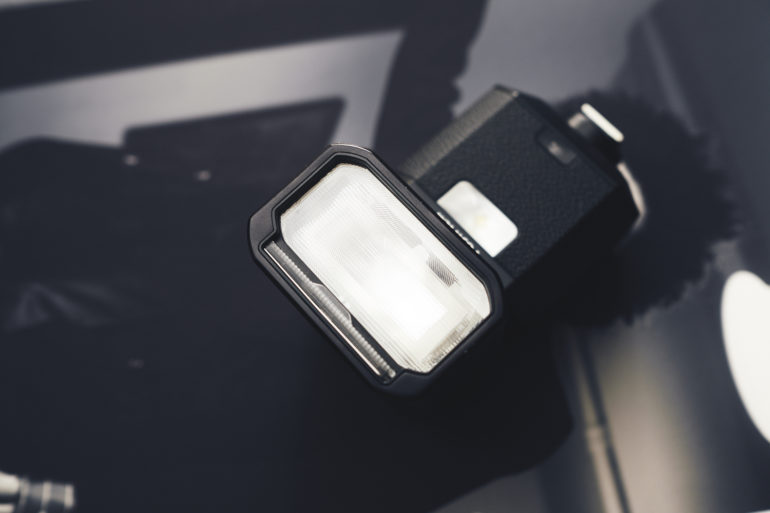
Here’s the flash head. It comes with a bounce card and a wide angle diffuser. Plus there is the ability to take the front of this off in order to pop on the diffuser.
On the side, you’ll find a button that helps to lock in where the flash head is angled. In the same spot, you’ll find the battery compartment door.
The Fujifilm EF-X500 takes four AA batteries and for the most part does a pretty good job with them. But I’ve surely seen much better. A part of me wishes that Fujifilm did what Flashpoint did with the battery system and made a single giant battery that goes inside and lasts forever.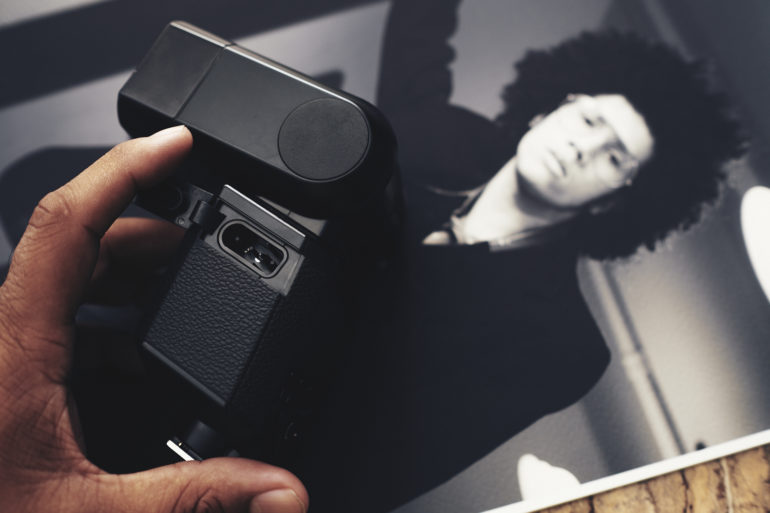
On the side of the Fujifilm EF-X500 you’ll spot a place for a battery pack.
Build Quality
During my tests with the Fujifilm EF-X500, I took it out into the rain. The flash worked and fired flawlessly with the Fujifilm X series system. This was also quite a rainfall; so I’m very positive that this flash, when combined with a Fujifilm camera and lens that are weather sealed, can surely function as a workhorse for any photographer.
Ease of Use
One of the best things about the Fujifilm EF-X500 is the fact that the giant LCD screen and the buttons all work without needing to get complicated. You’ll just need to read and pay attention to the screen. For the most part, expect to mount this flash in the hot shoe but you can surely control it wirelessly or other Fujifilm flashes wirelessly. What’s cool is that Fujifilm’s camera systems have their own dedicated flash menu in the case of the newer cameras.
Image Quality
The point of the Fujifilm EF-X500 and other flashes is to give you light when it isn’t there and to also allow you to have more creative control over the images. In many ways the Fujifilm EF-X500 can do that. But in most ways, I feel like it’s genuinely lacking power to do what so many other hot shoe flashes can do.
Power
It’s a guide number 50 flash. Most flashes these days are at least guide number 80. This flash is incredibly underpowered for more serious work. If you’re working in an environment where the ceiling is higher than 12 feet, you’re probably going to have some sort of power issue. Get ready to go to ISO 1600 fairly often when using it.
Where the power surely comes in is when the flash is directly pointing at a subject and diffused. But then, in my opinion and many others out there, the images can look pretty ugly.
High Speed Sync
The Fujifilm EF-X500 is capable of doing high speed sync with Fujifilm X series cameras. But even then, I feel like due to the tremendous lack of power, that it’s sort of useless.
Extra Image Samples
Conclusions
Personally, I’m pretty let down by the Fujifilm EF-X500 flash. I was eagerly anticipating a good Fujifilm flash that could be used for photojournalistic reasons and one that had radio control. I mean, Fujifilm has their own medium format camera system. Where is the serious flash?!!!
Where?
If you’re not as pent up as I am about this though, then consider using the X500 flash by bouncing it off of close walls and with the diffuser on.
The Fujifilm EF-X500 flash receives two out of five stars.


